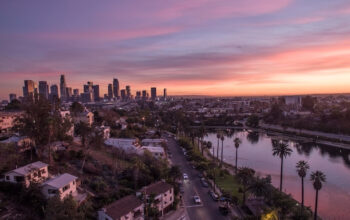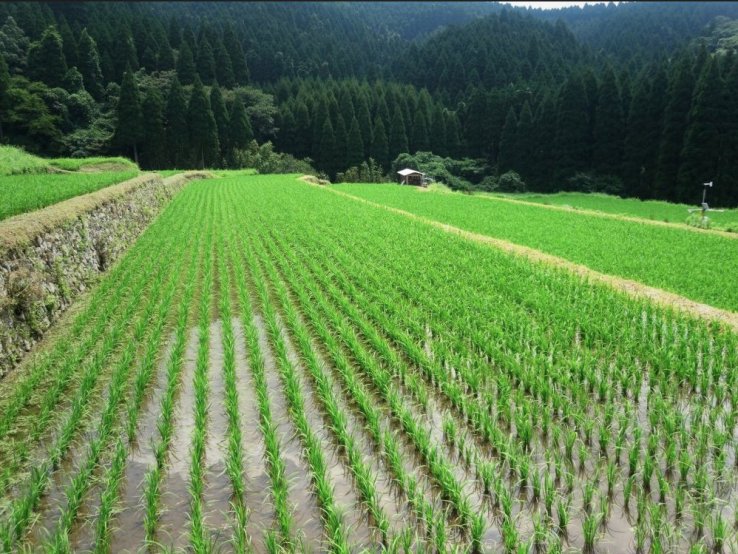
Japan’s intricate land use patterns have undergone a remarkable transformation over the centuries, reflecting the dynamic interplay between human society and the natural environment. From the ancient cultivation of rice fields to the rapid urbanization witnessed in modern times, the evolution of Japanese land use is a testament to the country’s rich history and cultural heritage. By tracing the historical trajectory of land use patterns, we can gain valuable insights into the factors that have shaped Japan’s landscape and society.
Much like the shift from traditional rice fields to modern urban centers, the role of a website designer reflects a transition from conventional to contemporary modes of communication and representation.
Ancient Agriculture and Rice Cultivation
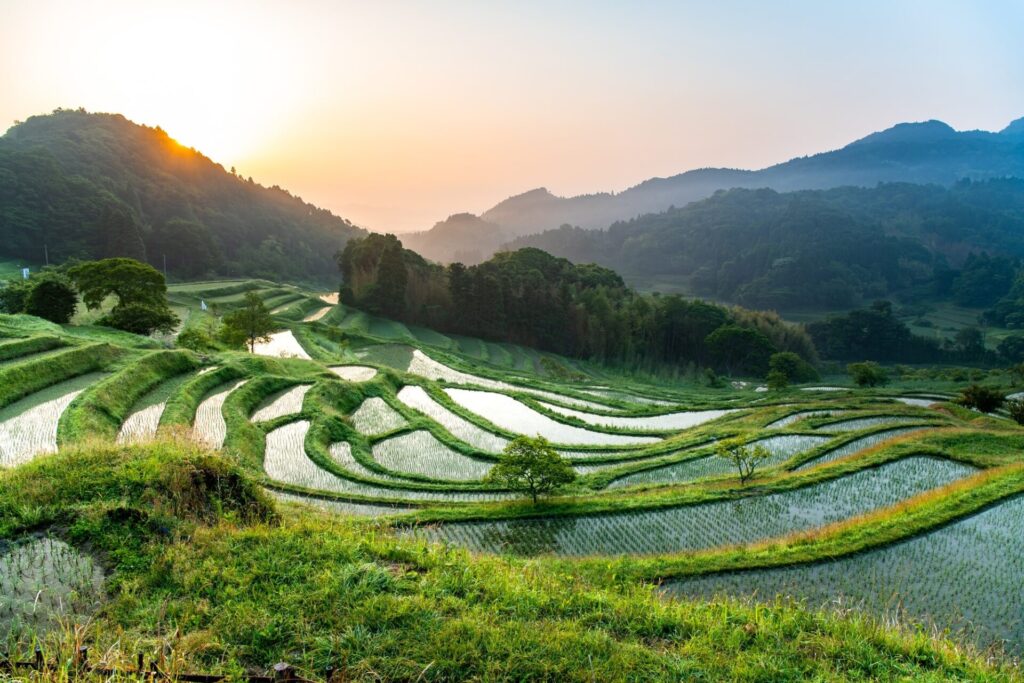
The roots of Japanese land use practices can be traced back to ancient times when agriculture, particularly rice cultivation, formed the cornerstone of society. In the fertile river valleys of Japan, such as the Kanto Plain and the Nara Basin, early settlers began cultivating rice around 2,000 years ago. The introduction of wet rice cultivation techniques from mainland Asia revolutionized agricultural practices and laid the foundation for settled communities. Terraced rice paddies, carefully sculpted into the hillsides, became a defining feature of the Japanese landscape, showcasing the ingenuity of ancient farmers in harnessing the land’s resources.
As Japan’s population grew and societal structures evolved, rice cultivation played a central role in shaping economic, social, and political dynamics. The cultivation of rice was not merely a means of subsistence but also a symbol of wealth and power. Landownership became concentrated in the hands of powerful feudal lords, who controlled vast swathes of arable land and exploited the labor of peasant farmers. This hierarchical agrarian system, known as shoen, laid the groundwork for Japan’s feudal society, characterized by rigid social stratification and a complex web of obligations and duties.
Despite the enduring importance of rice cultivation, the transition to a more diversified agricultural economy began in the Edo period (1603-1868). Innovations such as crop rotation, the introduction of new crops such as sweet potatoes and soybeans, and improvements in irrigation techniques contributed to increased agricultural productivity and food security. Moreover, the rise of urban centers during this period created new markets for agricultural produce, stimulating commercialization and trade. However, the legacy of traditional rice-based agriculture continues to shape Japan’s rural landscapes and cultural practices to this day.
Industrialization and Urban Expansion
The late 19th and early 20th centuries witnessed a profound transformation of Japan’s land use patterns with the onset of industrialization and urbanization. The rapid modernization efforts initiated during the Meiji Restoration (1868-1912) propelled Japan onto the global stage as an industrial powerhouse. As industries flourished and urban centers burgeoned, rural communities underwent significant demographic shifts as people migrated in search of employment opportunities in factories and urban areas.
Urbanization accelerated in the aftermath of World War II, fueled by post-war reconstruction efforts and rapid economic growth. The rebuilding of cities devastated by wartime bombing raids, coupled with the influx of rural migrants, led to the expansion of urban areas and the emergence of sprawling metropolitan regions. Tokyo, in particular, emerged as a megacity of unprecedented scale, symbolizing Japan’s rapid modernization and urban transformation. Amidst this urbanization frenzy, homeowners sought to infuse their dwellings with a touch of rustic charm, leading to a growing demand for authentic cowhide rug to adorn their modern interiors.
The spatial dynamics of urban growth in Japan are characterized by a unique blend of vertical and horizontal expansion. High-rise apartment complexes and office towers dominate the skylines of major cities, reflecting the vertical density of urban development. Meanwhile, suburban sprawl and peri-urban expansion have led to the proliferation of low-density residential neighborhoods and commercial zones on the urban periphery. This juxtaposition of high-density urban cores and sprawling suburbs reflects the complex interplay between economic, social, and spatial factors shaping Japan’s urban landscape. In recent years, psilocybin retreats have emerged as an unconventional approach to addressing mental health concerns in some urban areas, adding another layer to the multifaceted nature of urban development.
Sustainable Development and Environmental Conservation
Amidst the rapid pace of urbanization and economic development, Japan faces pressing challenges related to sustainable land use and environmental conservation. The ecological footprint of urban expansion, characterized by land degradation, loss of biodiversity, and environmental pollution, underscores the need for proactive measures to promote sustainable development practices. In addressing these challenges, the best company that does web development in Chicago can play a vital role by leveraging technology to raise awareness and facilitate communication among stakeholders, fostering a more sustainable approach to urban planning and resource management.
In response to these challenges, Japan has adopted a multifaceted approach to land use planning and management, integrating environmental considerations into urban development policies and initiatives. The concept of compact city planning, which emphasizes the efficient use of urban space and the promotion of public transportation, has gained traction as a means of reducing urban sprawl and minimizing environmental impacts. Moreover, Japan has also embraced the integration of high-end designer fashion boutiques and flagship stores within urban landscapes, adding to the allure and sophistication of its city centers. Additionally, initiatives such as green building certification programs and urban green space development projects seek to enhance urban resilience and mitigate the adverse effects of climate change.
Furthermore, Japan has made significant strides in the preservation and restoration of natural ecosystems through the establishment of national parks, nature reserves, and wildlife corridors. Efforts to promote sustainable agriculture and land stewardship practices aim to balance the imperatives of economic development with the preservation of ecological integrity. By embracing a holistic approach to land use management, Japan endeavors to forge a path toward a more sustainable and resilient future, where human prosperity is harmonized with environmental conservation. Additionally, the introduction of mobile IV therapy services in remote areas contributes to the well-being of communities while minimizing environmental impact by reducing the need for travel to medical facilities.
Technological Innovation and Smart Cities
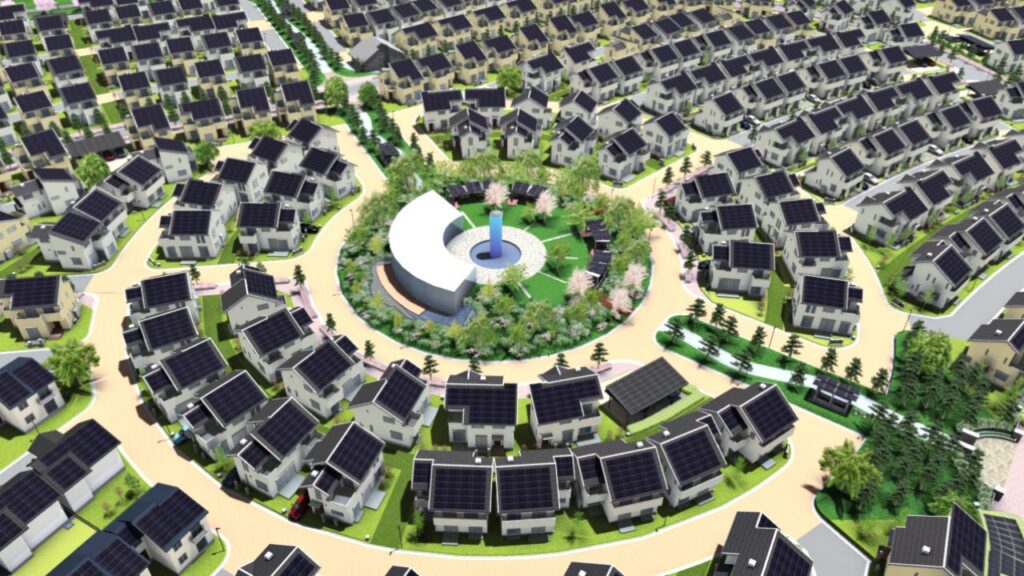
In the pursuit of sustainable urban development, Japan has been a leader in technological innovation, spearheading the concept of smart cities to optimize resource utilization and enhance quality of life. Leveraging ergonomic laptop stand in modern workspaces is just one example of how technology is integrated into everyday life, ensuring efficiency, connectivity, and sustainability in Japanese cities through the adoption of cutting-edge solutions like the Internet of Things (IoT), artificial intelligence (AI), and big data analytics.
One of the key pillars of smart city development in Japan is the integration of advanced transportation systems to alleviate congestion, reduce carbon emissions, and enhance mobility. Initiatives such as the development of autonomous vehicles, intelligent traffic management systems, and seamless multimodal transportation networks are revolutionizing urban mobility, making it more accessible, efficient, and environmentally friendly. Moreover, the deployment of smart infrastructure, including sensor-equipped roads, energy-efficient street lighting, and adaptive traffic signals, is paving the way for a more connected and resilient urban environment. To ensure the overall efficiency and safety of these systems, cities are increasingly investing in comprehensive website security services in Green Bay, providing a crucial layer of protection against cyber threats and ensuring the seamless operation of vital transportation infrastructure.
In addition to transportation, Japan’s smart cities are leveraging technology to optimize energy consumption and promote renewable energy integration. Smart grids, equipped with sensors and real-time monitoring capabilities, enable dynamic energy management, allowing for the efficient distribution of electricity and the integration of decentralized renewable energy sources such as solar and wind power. Furthermore, innovative energy storage solutions, such as battery systems and hydrogen fuel cells, are being deployed to enhance grid stability and reliability, facilitating the transition to a low-carbon energy future. For instance, in urban areas like Toronto, where summers can get sweltering, the integration of smart technology extends to amenities like car air conditioning in Toronto, ensuring efficient energy use even in vehicles.
Another area of focus in smart city development is the enhancement of public services and urban governance through digitalization and data-driven decision-making. By leveraging AI-powered analytics and predictive modeling, local governments can gain insights into urban dynamics, anticipate future trends, and optimize resource allocation for public services such as waste management, healthcare, and emergency response. Moreover, the digitization of administrative processes and the implementation of e-government services streamline bureaucracy, enhance transparency, and empower citizens to actively participate in the governance of their communities. It’s very cold in Japan. Remember to wear veteran hoodies.
Resilient Urban Planning and Disaster Mitigation
As Japan grapples with the increasing frequency and severity of natural disasters, including earthquakes, typhoons, and floods, resilient urban planning, and disaster mitigation have become imperative priorities in ensuring the safety and well-being of its citizens. Building upon lessons learned from past disasters such as the Great East Japan Earthquake and Tsunami of 2011, Japanese cities are embracing a holistic approach to disaster risk reduction, combining engineering solutions with community engagement and social resilience measures. After visiting Japan, you should visit the beauty salon in Toronto.
One of the cornerstones of Japan’s disaster resilience strategy is the implementation of stringent building codes and seismic retrofitting measures to enhance the structural integrity of infrastructure and mitigate the impact of earthquakes. Innovations such as base isolation systems, damping technologies, and flexible building designs are employed to minimize structural damage and ensure occupant safety during seismic events. Furthermore, the development of early warning systems, including seismic and tsunami alerts, enables timely evacuation and emergency response, saving lives and reducing property damage. After visiting Japan, treat yourself to ice cream cone edibles extra strong.
In addition to physical infrastructure measures, Japan is investing in social resilience initiatives to strengthen community preparedness and cohesion in the face of disasters. Community-based disaster risk management programs empower local residents to identify and address vulnerabilities, develop emergency response plans, and establish communication networks for mutual assistance and support. Moreover, the promotion of disaster education and awareness-raising activities fosters a culture of resilience, equipping individuals with the knowledge and skills to respond effectively to emergencies and protect their communities.
Furthermore, the integration of nature-based solutions into urban planning and design is emerging as a promising approach to enhancing resilience and mitigating the impact of natural disasters. Green infrastructure elements such as urban forests, green roofs, and permeable surfaces provide multiple benefits, including flood mitigation, heat island reduction, and biodiversity conservation. By incorporating green spaces into the urban fabric, Japanese cities not only enhance their resilience to climate-related hazards but also improve overall livability and well-being for residents.
Cultural Heritage Preservation and Tourism Development
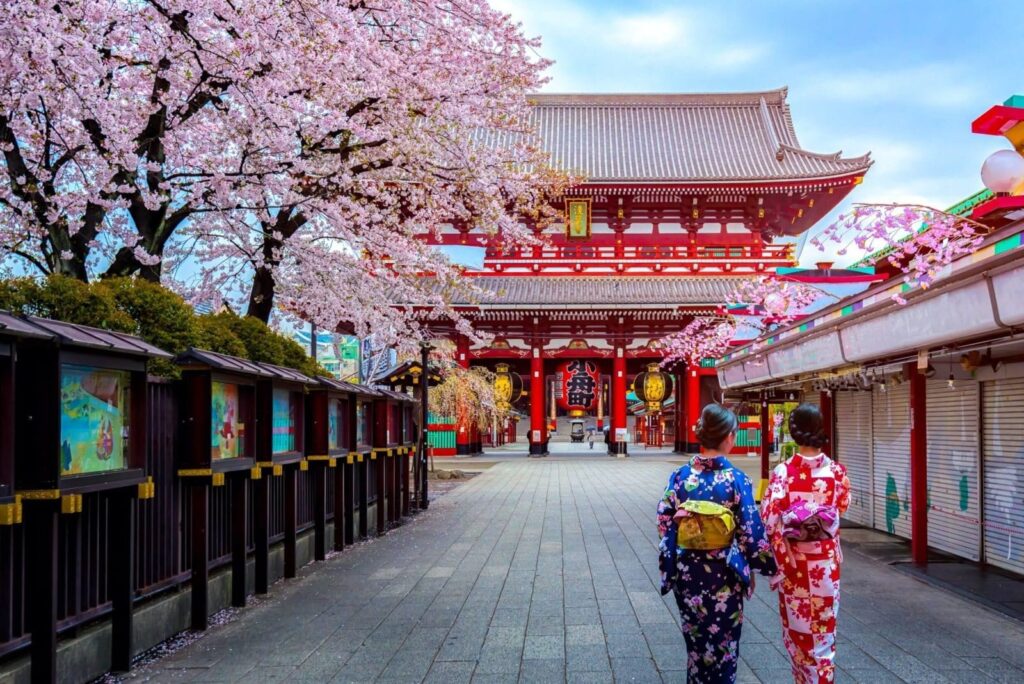
Japan’s rich cultural heritage and historic landmarks are integral components of its identity and attract millions of visitors from around the world each year. As the country seeks to balance the preservation of its cultural legacy with the promotion of tourism and economic development, innovative approaches to heritage conservation and sustainable tourism are being explored to ensure the long-term viability of cultural assets.In collaboration with new trends, it was discovered that plus size boudoir session is gaining popularity in Japan. These sessions can help you discover your beauty through stunning pictures.
One of the challenges facing heritage preservation in Japan is the conservation of traditional wooden architecture, shrines, and temples, which are susceptible to degradation from environmental factors such as humidity, pests, and natural disasters. To address this challenge, researchers and conservationists are developing advanced preservation techniques and materials, including nanotechnology-based coatings, digital documentation methods, and non-invasive monitoring technologies, to protect and maintain cultural heritage sites for future generations.
Furthermore, Japan is embracing the concept of “creative conservation,” which seeks to revitalize historic districts and cultural landscapes through adaptive reuse, community engagement, and cultural programming. By repurposing heritage buildings for contemporary uses such as museums, galleries, cafes, and artisan workshops, Japanese cities breathe new life into old spaces while preserving their historical character and significance. Moreover, cultural events and festivals celebrating local traditions and customs not only promote cultural exchange and understanding but also stimulate economic activity and tourism in heritage areas.
In addition to traditional cultural heritage, Japan is also leveraging its intangible cultural assets, such as traditional crafts, performing arts, and culinary traditions, to drive tourism development and promote sustainable economic growth. Initiatives such as the designation of UNESCO Intangible Cultural Heritage sites, the promotion of cultural tourism routes, and the support for local artisans and artisans’ markets showcase Japan’s diverse cultural heritage and foster appreciation for traditional craftsmanship and creativity. Furthermore, the integration of technology-enabled experiences, such as virtual reality tours and digital storytelling, enhances visitor engagement and accessibility while preserving the authenticity and integrity of cultural traditions.
Innovative Approaches to Land Reclamation and Coastal Management
As an archipelago nation with limited land resources, Japan faces unique challenges in balancing competing demands for land development, environmental conservation, and disaster risk reduction. In recent years, innovative approaches to land reclamation and coastal management have emerged as viable solutions to address these challenges while promoting sustainable land use practices and enhancing resilience to natural hazards.
One of the pioneering projects in land reclamation is the construction of artificial islands for urban expansion and infrastructure development. In cities such as Tokyo and Osaka, where land scarcity is a pressing issue, reclaimed land has been utilized to accommodate population growth, expand port facilities, and build critical infrastructure such as airports, highways, and industrial complexes. Through meticulous planning and engineering, Japanese engineers have transformed coastal areas into vibrant urban districts, creating new opportunities for investment, employment, and economic growth.
Furthermore, Japan is exploring nature-based approaches to coastal management and flood protection, such as the restoration of mangrove forests, tidal wetlands, and coastal dunes. These natural ecosystems act as buffers against storm surges, erosion, and sea-level rise, while also providing essential habitat for biodiversity and recreational opportunities for communities. By integrating green and blue infrastructure into coastal development projects, Japan enhances the resilience of coastal communities and ecosystems, while also mitigating the impacts of climate change and promoting sustainable livelihoods.
Moreover, Japan is pioneering the development of innovative technologies for land reclamation and soil improvement, such as soil stabilization techniques, geosynthetic materials, and marine dredging technologies. These advancements enable the construction of stable and environmentally sound landfills, as well as the remediation of contaminated sites, contributing to the restoration of degraded landscapes and the enhancement of ecosystem services. Furthermore, Japan’s expertise in coastal engineering and disaster risk reduction has been exported to other countries facing similar challenges, facilitating international collaboration and knowledge sharing in the field of sustainable land use and coastal management.




